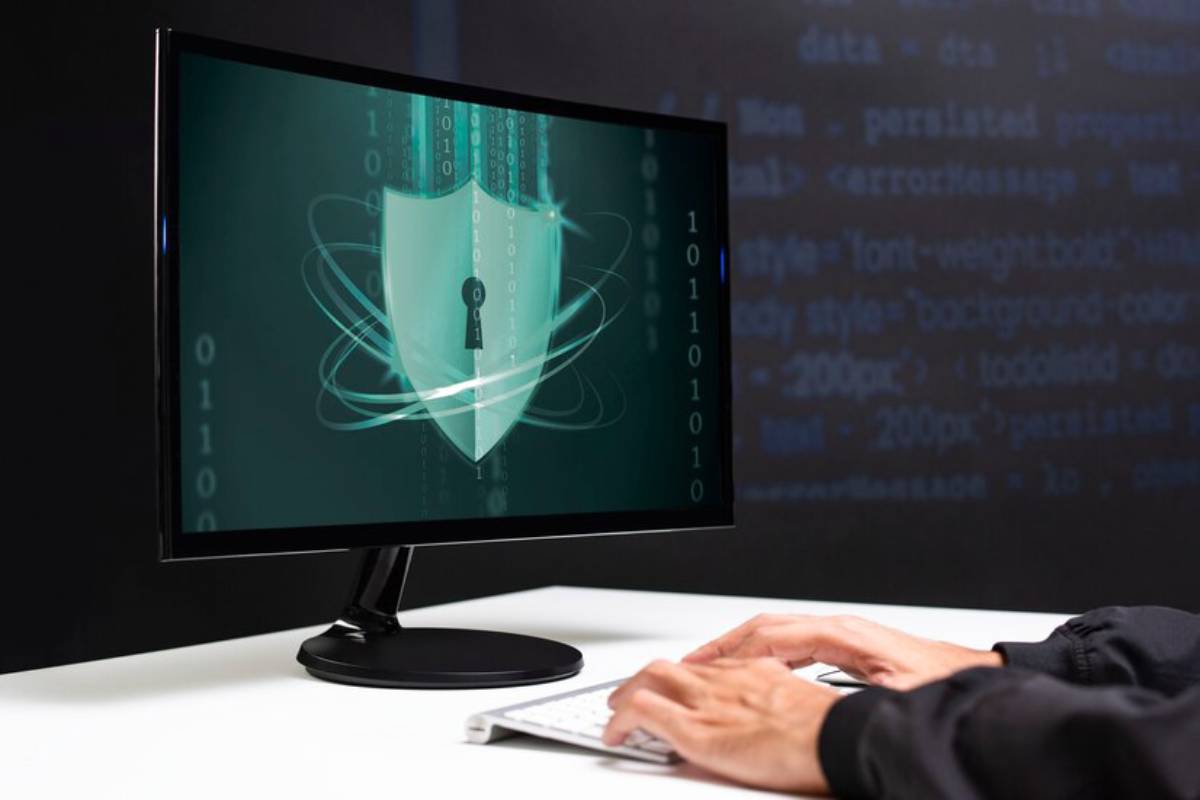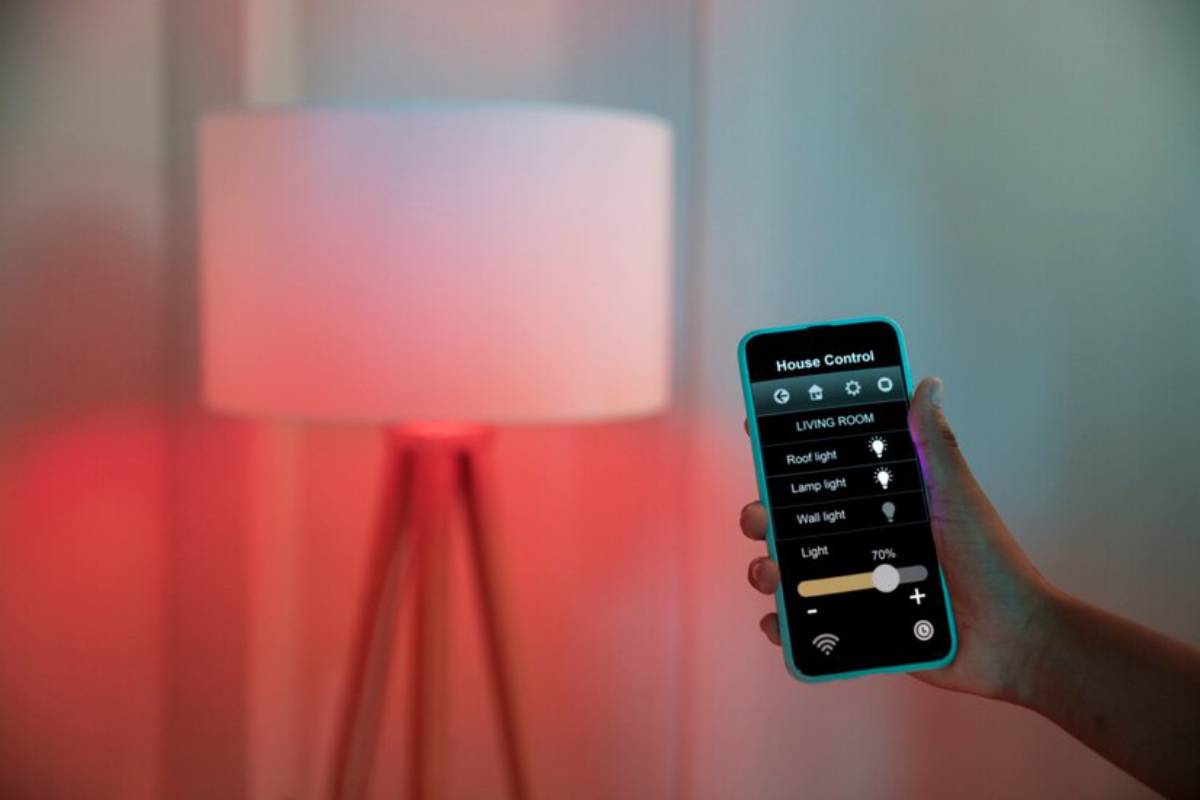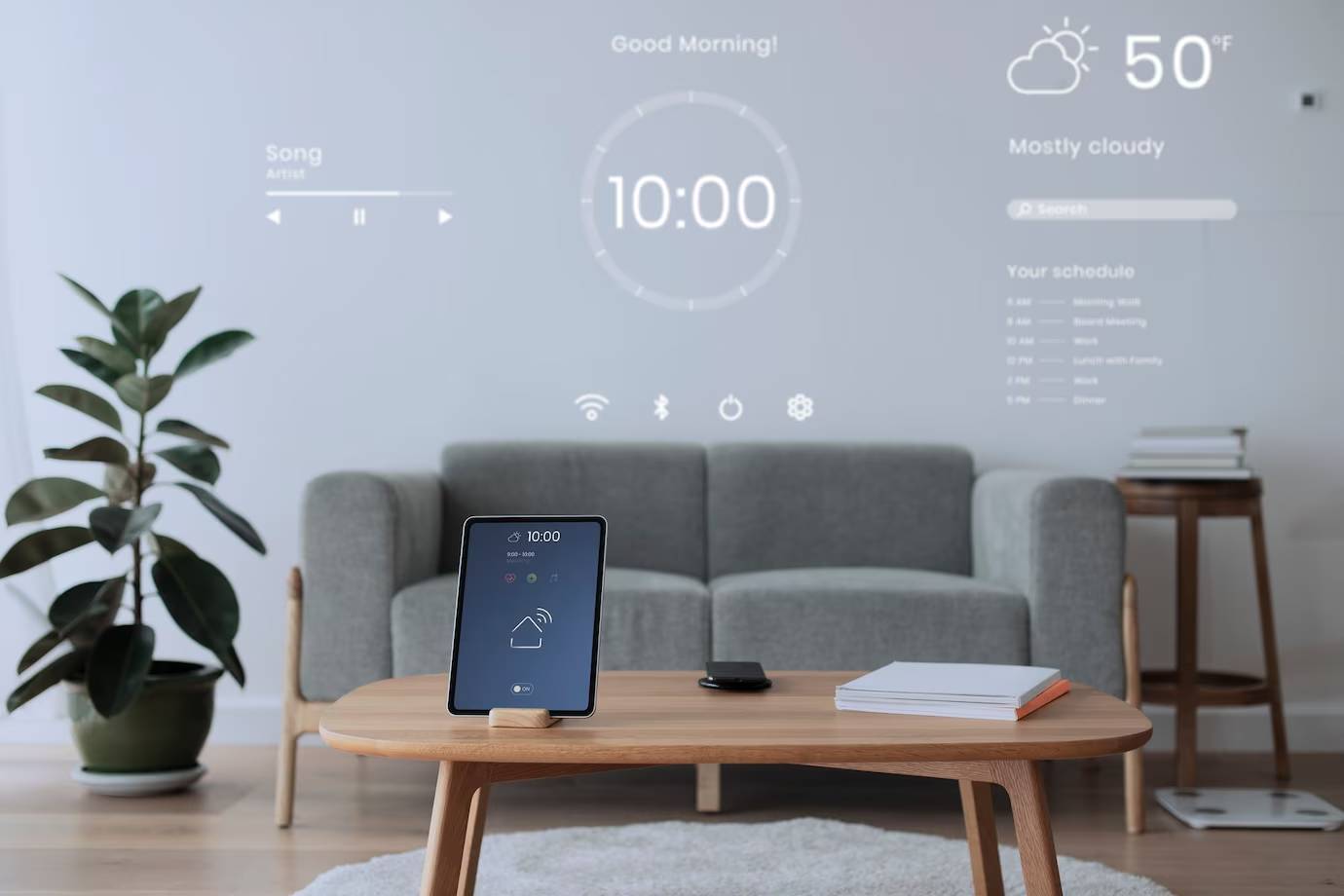
How to Secure Your Smart Home Devices from Cyber Threats
Smart home devices are now common in many UK homes. They offer convenience, increase efficiency, and help us control our living spaces better. But as more people use Internet of Things (IoT) devices, the risk of cyber threats grows. As of October 2023, securing your smart home devices from cyber threats is more crucial than ever. This guide gives you clear tips and steps to keep your IoT devices safe from hackers.
The rise in smart home technology usage has led to an alarming increase in cyber threats. Hackers are always changing their tactics. So, homeowners must stay informed and proactive about smart home cybersecurity. This guide covers key strategies to protect your IoT devices. It helps keep your home safe from digital threats.
Pro Tips: Regularly back up important data to a secure location. This practice ensures that you can recover your information in the event of a cyber attack.
Important: Stay Cautious with Public Wi-Fi: Don’t access your smart home devices on public Wi-Fi. These networks can be unsafe and may allow others to listen in.
Quick Guide
To ensure your smart home devices are protected, here’s a quick-reference checklist:
- Change Default Passwords: Always replace default passwords with strong, unique ones.
- Enable Two-Factor Authentication: Add an extra layer of security to your accounts.
- Update Firmware Regularly: Keep your device’s software up to date to patch vulnerabilities.
- Secure Your Wi-Fi Network: Use a strong password and WPA3 encryption for your home network.
- Turn off unused features: This helps reduce ways for hackers to get in.
- Implement Network Segmentation: Use a separate network for IoT devices.
- Monitor Device Activity: Regularly check for unusual activity or unauthorised access.
- Teach Everyone: Make sure all household members know cybersecurity best practices.
Understanding the Core
What is Smart Home Cybersecurity?
Smart home cybersecurity involves steps taken to protect IoT devices in a smart home. These devices include smart thermostats, security cameras, and voice assistants. They connect to a shared network. This can make them easy targets for hackers if they’re not secured well.
Why Is It Important?
A cyber breach in a smart home can lead to serious problems. These include privacy invasions and financial loss. Hackers can take advantage of weak spots in IoT devices. They can access personal data, change how devices work, or use them to reach other sensitive information. So, it’s important to understand and use smart home cybersecurity. This helps protect both your digital and physical safety.
Step-by-Step Guide (How to Practise)
1. Change Default Passwords
Many IoT devices come with default passwords that are easy for hackers to guess. It is essential to change these to strong, unique passwords immediately after installation. Consider using a password manager to keep track of your credentials.
2. Enable Two-Factor Authentication
Two-factor authentication (2FA) adds extra security. You need a second way to verify, like a text message or an authentication app, in addition to your password. This step is crucial in preventing unauthorised access to your devices.
3. Update Firmware Regularly
Manufacturers frequently release firmware updates to address security vulnerabilities. Check for updates often and install them. This keeps your devices safe from the latest threats.
4. Secure Your Wi-Fi Network

Your Wi-Fi network is the backbone of your smart home. Create a strong, unique password. Also, turn on WPA3 encryption to keep your network safe from intrusions. Think about changing your network name (SSID). Use a name that doesn’t show your identity or address.
5. Disable Unused Features
IoT devices often come with features that you may not use. Disabling these can reduce the number of potential entry points for hackers. For example, if your smart TV has a voice control feature that you do not use, turn it off.
6. Implement Network Segmentation
Consider setting up a separate network for your IoT devices. Network segmentation keeps your smart devices separate from your main network. This adds extra protection against cyber threats.
7. Monitor Device Activity
Regularly review the activity logs of your devices to detect any unusual behaviour. Many devices send alerts for login attempts and other activities. This helps you spot possible security breaches.
8. Educate Household Members
Make sure everyone at home knows why cybersecurity matters. They should also follow the best practices. This means finding phishing scams, making strong passwords, and keeping personal info safe online.
Best Practices & Additional Insights
Advanced Security Measures
If you want to boost your smart home security, try these advanced steps:
- Invest in a Firewall: A firewall checks and controls network traffic based on set security rules. It adds an extra layer of protection.
- Use a Smart Home Hub: A smart home hub centralises control of your IoT devices. It also offers better security and easier management.
- Think About Professional Security Services: Some companies provide monitoring and security tailored for smart home systems.
Common Mistakes to Avoid
- Not updating your device software can expose it to known risks.
- Reusing passwords on different devices raises the risk. If one password gets hacked, all your devices could be at risk.
- Many devices let you change privacy settings for better security. Always review and configure these settings to your preference.
FAQs

Q: Can smart home devices be hacked?
A: Yes, smart home devices can be hacked if not properly secured. It is crucial to implement robust security measures to protect against unauthorised access.
Q: How often should I update my device firmware?
Check for firmware updates at least once a month. You should also update when you get a notification from the manufacturer.
Q: Is a VPN necessary for smart home security?
A: A VPN isn’t required, but it adds security. It encrypts your internet traffic, which makes it harder for hackers to steal your data.
Conclusion: Securing Your Smart Home Devices from Cyber Threats

Securing your smart home devices from cyber threats is an ongoing task. It needs vigilance and proactive steps. By following this guide, you can lower the risk of cyber attacks. This helps keep your home safe and private. Remember, digital safety is as important as your home’s physical security.
Subscribe to our newsletter for updates on smart home cybersecurity. Stay informed about the latest trends and best practices. Protect your home today and enjoy the peace of mind of a secure smart home ecosystem.


